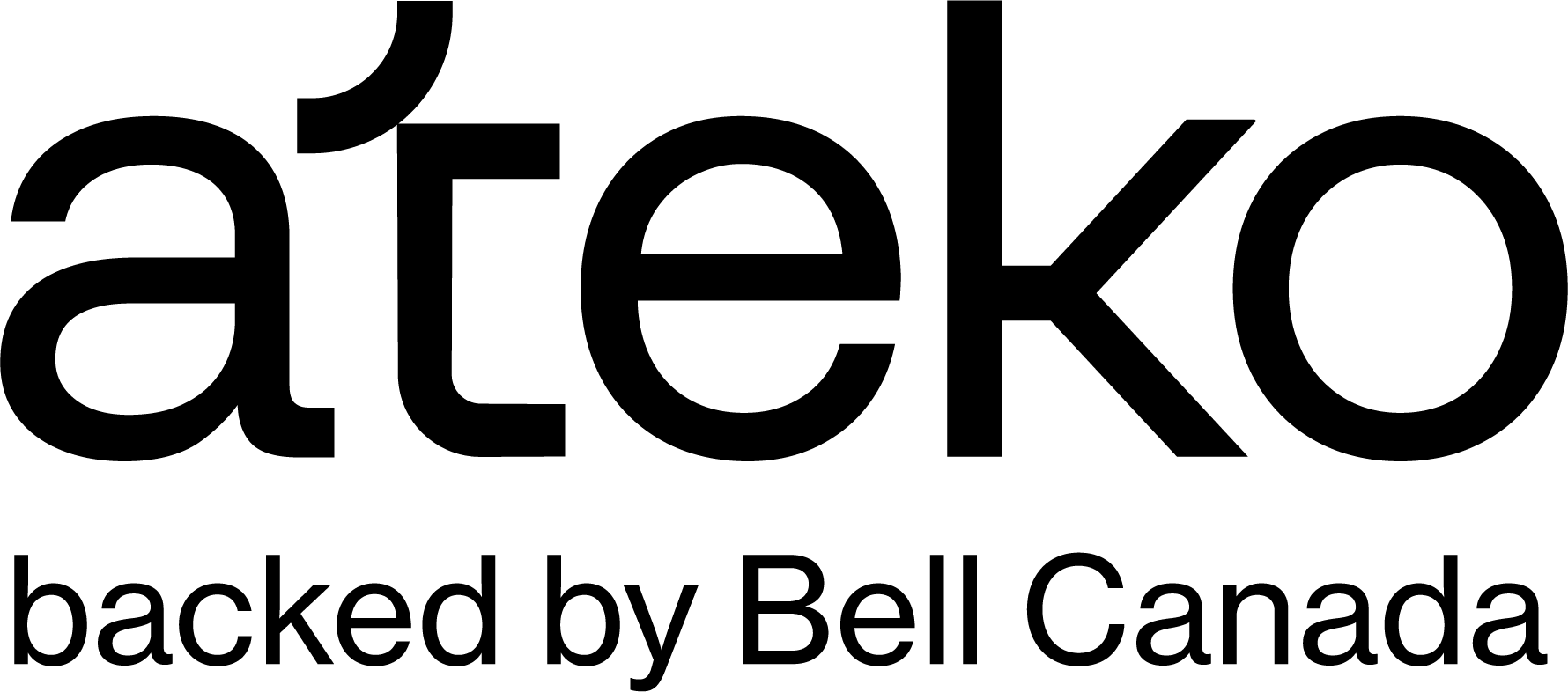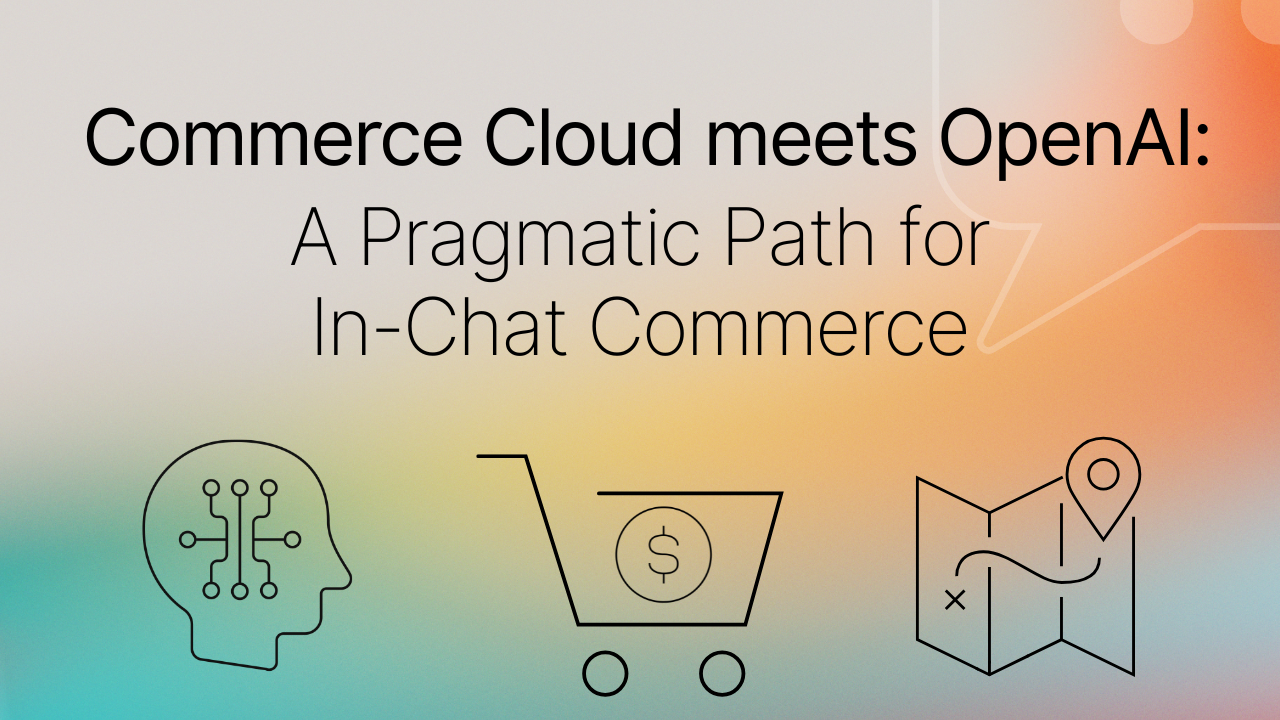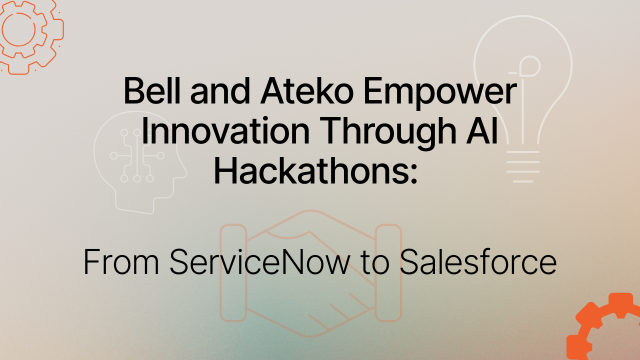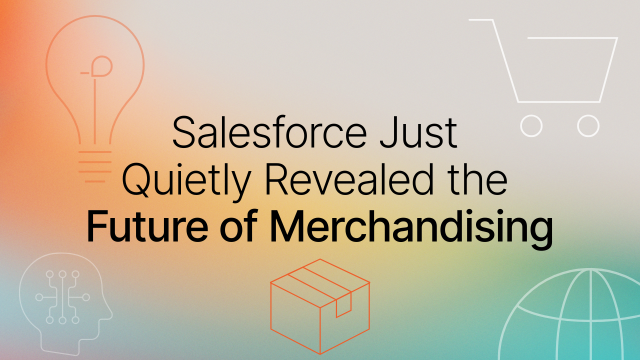I’ve watched ecommerce change shape for two decades. We went from online catalogs with “it’ll get there when it gets there” shipping to a two day delivery promise that became table stakes. We saw checkout evolve from multi-page forms to one click charges and now to digital wallets.
Each shift rewired customer behavior. We’re at another one of those moments. The purchase is moving inside the conversation. For Salesforce B2C Commerce teams, this is a time to pay attention. You haven’t missed the boat. Here’s a pragmatic plan to get on board.
“Conversations are the next storefront.”
– Harley Finkelstein, President, Shopify
What Changed
The capability to buy inside a chat window is now live and built on an open standard.
- OpenAI enabled Instant Checkout in ChatGPT, allowing users to buy products without leaving the conversation. It launched with partners like Stripe and Etsy. (source: OpenAI)
- Shopify announced its native integration in late September 2025, giving its merchants a direct path into this new channel. (source: Shopify)
- This is all built on the Agentic Commerce Protocol (ACP), an open source rulebook designed to connect any store to any conversational agent. (source: ACP Repo)
During the 2024 holiday season, shoppers used AI- and agent-powered chat 42% more than the year prior, and AI influenced $229B in global online sales (source: Salesforce). This isn’t future-state—it’s a new front door for commerce.
The Three Key Pieces
Before the how, here is the what. Let’s de-jargon the moving parts.
- The Agent (e.g., ChatGPT): A helpful shopping assistant that can talk to your customer and, with permission, talk to your store’s APIs on their behalf. To be clear, this isn’t your website’s pop-up chatbot. This is a customer starting their search directly in platforms like ChatGPT or Gemini, often by voice, and now finishing it there too.
- The Protocol (ACP): The simple, open source rulebook that lets the Agent and your store talk securely. It defines how to ask for a price, place an order, and get status updates.
- Your Role (Merchant of Record): You remain in control. Your prices, fraud rules, payment processing, fulfillment, and customer service are all still yours. The Agent is just a new channel, not a new backbone.
Why It Matters
For low consideration, non tactile goods (think trend items, accessories, replenishment), chat native checkout will become a default path. A shopper with momentum can buy without the friction of a redirect or new tab and having to navigate the noise of another website. They don’t need to touch your checkout, but can simply commit within the chat. That cuts down on abandoned carts.
For high consideration or tactile purchases (phones, cars, groceries), the traditional storefront will dominate, for now. Here, the agent’s role is discovery. It helps shoppers compare options and build a shortlist, driving them to your site or store for the final purchase. But for a significant part of your catalog, this is a new, high intent channel. Crucially, because ACP is open, this isn’t a Shopify only game.
“Meeting buyers where they are… streamlining the path from discovery to checkout.” — Thomas Escourrou, Senior Director, Etsy (opinion)
The Pilot Plan: Two Parallel Checklists
The work isn’t just technical. A successful pilot requires two workstreams running in parallel, one for your tech team and one for your brand team. Here’s the first week’s focus for both.
The Technical Checklist
- Map a minimal product feed. Identify the core attributes for pilot SKUs: ID, title, current price, availability, and image URLs.
- Locate your checkout APIs. Pinpoint the existing SCAPI or OCAPI endpoints for creating a basket and placing an order.
- Choose your payment path. Decide between the fast path (Stripe token) or the compatibility path (delegated payments). Document the PCI boundary.
- Scope the v1 webhook. Define the payload for a simple “Order Confirmed” webhook so the agent can get status updates.
- Define acceptance criteria. A successful v1 test: a single item order is placed in chat, confirmed in SFCC, and a webhook fires successfully.
The Brand Readiness Checklist
- Define the “Agent Persona.” How should the AI represent your brand? Formal, casual, expert? Provide written guidelines.
- Review Product Data. Check that titles, descriptions, and key attributes are clear, concise, and suitable for a conversational context.
- Create an Escalation Path. What happens when the agent can’t answer a question? Define the handoff to live chat or customer service.
- Prepare a Test Script. Draft 20-30 common questions customers might ask about the pilot products to test the agent’s responses.
Lessons & Principles
- Honesty — Your feed must be 100% truthful on price and stock. Stale or inaccurate data kills trust. A pilot with bad data is worse than no pilot at all.
- Focus — Start with low complexity SKUs. Design your endpoints so a multi item cart in v2 doesn’t require a full rewrite.
- Support — Align your CS, fraud, and OMS teams before you go live. This new channel should feel routine to them within a week.
- Ownership — You are the merchant of record. Fraud, tax, and fulfillment run exactly as they do today.
Clearing Up a Few Myths
When a new channel opens this quickly, misinformation follows. Let’s clarify a few common points we’ve heard from clients.
- Myth: This only works if we’re on Shopify. Fact: ACP is open and community designed. SFCC can implement it today and participate in in-chat checkout. (source: OpenAI Developers)
- Myth: Turning it on boosts our ranking in ChatGPT. Fact: Product results are relevance driven. Enabling Instant Checkout provides a better experience, but doesn’t guarantee placement. (source: OpenAI)
- Myth: We’ll have to switch our payment processor. Fact: You can use delegated payments with your existing PSP, but the reference path is charging shared payment tokens. (source: Stripe) As of late 2025, the Stripe path is the cleanest and most direct route for a pilot. And given they’re the market leader, there’s a strong chance you’re already using them. Options will expand as more payment partners are certified.
Myth: This only works if we’re on Shopify.
Fact: ACP is open and community designed. SFCC can implement it today and participate in in-chat checkout.
Risks & Mitigations
- Feed Inaccuracy. Bad product data is a predictable failure mode. On average, 47% of newly created data records contain at least one critical error (source: HBR/MIT Sloan). In retail feeds, GTIN issues and shipping mismatches are among the top causes of product disapprovals. Clean, current data wins channels.
- Mitigation: Start with a nightly feed refresh and a manual override. Add data validation and alerts as a non negotiable part of Sprint 1.
- Scope Creep. The business asks for complex promos or bundles before v1 is stable.
- Mitigation: Lock the acceptance criteria from the checklists. Defer all “nice to have” features to a v2 backlog. Prove the simple path first.
- Order Failures. An API call fails, and an order is lost. Yikes.
- Mitigation: Ensure you can safely retry a failed request without creating a duplicate order. Assign a unique ID to every “place order” call so your system knows it’s seeing the same request again, not a new one. Add robust logging and alerts for any failures. (source: OpenAI Production Guide)
Let’s Ship a Pilot
This isn’t five years out, and it’s not “flip a switch.” It’s two good sprints.
If you are an SFCC B2C team and want a pragmatic pilot with clear guardrails, we will map it and ship it with you. If it’s not a fit, we roll back clean. If it is, you’ve opened a new front door for your brand, inside the conversation where decisions are already being made. Get in touch.




